Search result
 |
 |
|
this article is not available |
||
 |
 |
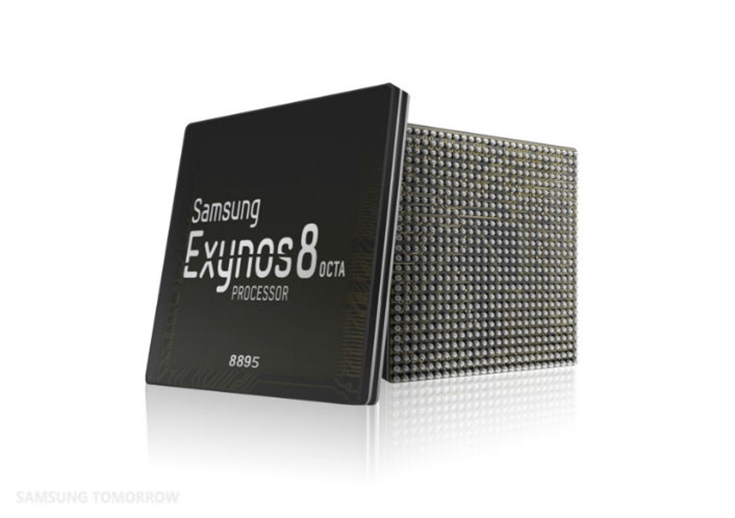
Once again found on Weibo, we have exciting news for Samsung fans. According to IceUniverse, the next Samsung SoC will be a beast of chip which will take mobile computing to a whole new league with a maximum clock speed of 4GHz. In fact, Samsung has probably even begun experimenting with the 10nm chipset already.
Apart from the expected huge boost in performance, the new chips will also be significantly more power efficient than the ones we have right now. The Cortex-A53 cores are tested at a clock speed of 2.7GHz and the custom cores are being run at 4GHz in the 8895 (presumed name for the chipset). This is quite a bump, considering that the Exynos 8890 was capped at 3.0GHz while testing.
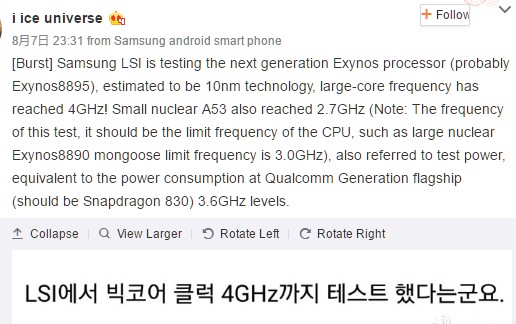
Before you actually start expecting the next flagship from Samsung to sport a 4GHz CPU, know that the final release will in all probability, have a lowered clock speed to ensure thermal efficiency and better battery life in everyday situations. Speaking of thermal efficiency, it was also reported that the Exynos will once again be more power efficient than the Snapdragon 830. This conclusion was reached after the Samsung made chip managed to run at 4GHz by consuming roughly the same amount of power as the Qualcomm chip needed to run at 3.6GHz. This isn't really a surprise if you consider that the American versions of the S7 series of smartphones with the SD 820 were found to be significantly less power efficient than their global counterparts that utilized the Exynos 8890.
Saikat Kar (tech-enthusiast)
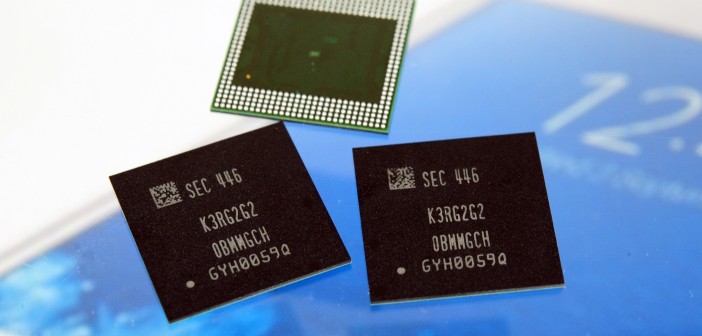
Samsung just unveiled a 10nm LPDDR4 6GB DRAM meant for mobile devices at the Samsung Mobile Solutions Forum 2016 in Shenzhen, China recently. Since in 2016, the only upcoming device from the South Korean manufacturer that is worthy of such an upgrade is the Galaxy Note 6, we are pretty sure that is where it will make its debut.
It would be an intelligent guess if we were to say that the same RAM will also be seen on the Samsung Galaxy S8 in 2017. Right now though, we are excited about the Galaxy Note 6. The rumors that are encircling the phablet are awe-inspiring to say the least. A Snapdragon 823 processor that's more powerful than the SD 820, 6GB of LPDDR4 DRAM, 5.8-inch Super AMOLED QHD display and all this powered through a system that consumes less power than its previous iterations!
The software is in its developmental stage though, as per reports and would likely be based on Android N. It will be interesting to see how much of these rumors the Note 6 lives up to, when it is unveiled in August (probably). However, if the newly confirmed 6GB RAM is any indication, then we would be obligated to say that the rumors are pretty spot on these days!
Author: Saikat Kar (Tech-journalist and enthusiast)

Samsung has officially unveiled its next generation of chips at their Device Solutions America Headquarters and they are based on both 14nm, as well as 10nm processes. Now we know where all that investment into their semiconductor business went to. Additionally, they also unveiled their new generation of 7nm Extreme Ultraviolet Lithography (EUV) wafer that will allow for precise patterning on chips, without needing to opt for more than just a single pattern.
The 14LPU process will improve over the current gen 14nm chips by providing them with a boost in performance without exceeding the allotted power quota. Processors enabled by these new 14nm chips will be able to provide high performance for long stretches at a time. The 10LPU process on the other hand, will make the next gen chips smaller than its predecessors; the 10LPE and 10LLP chips. The boost in performance is not highlighted as significant, but they will be cheaper to manufacture and will provide better power efficiency when used inside the new processors. Will the new tech be introduced with the Snapdragon 830 (rumored to be produced by Samsung)? Or will we see them exclusively in the new generation of the Exynos processors? We will find out soon.
Saikat Kar (tech-enthusiast)

It is official now as Samsung has confirmed today that the company has indeed started with the mass scale production of an industry first 10nm application processor. This will replace the current 14nm FinFET processors and bring in better power efficiency along with faster performance to flagship devices in 2017. In spite of being based on a similar 3D transistor structure as its 14nm predecessor, the smaller 10LPE manufacturing process allows for an increase of 27-percent in performance and 40-percent in energy efficiency.
If you are wondering when it will be released and which processors it will power, it is unclear as of now, since no comment was made on that subject. All that is known is the fact that it will come early in 2017. Many were of the opinion that the upcoming Qualcomm Snapdragon 830 would be the one to utilize this 10nm SoC, but other reports are suggesting that Qualcomm is shifting towards partnering with TSMC in manufacturing the SD 830. What is almost certain is that the 10LPE SoC from Samsung will be powering its own brand of Exynos 8895 processors, which will likely debut with the Samsung Galaxy S8.
Saikat Kar (tech-enthusiast)
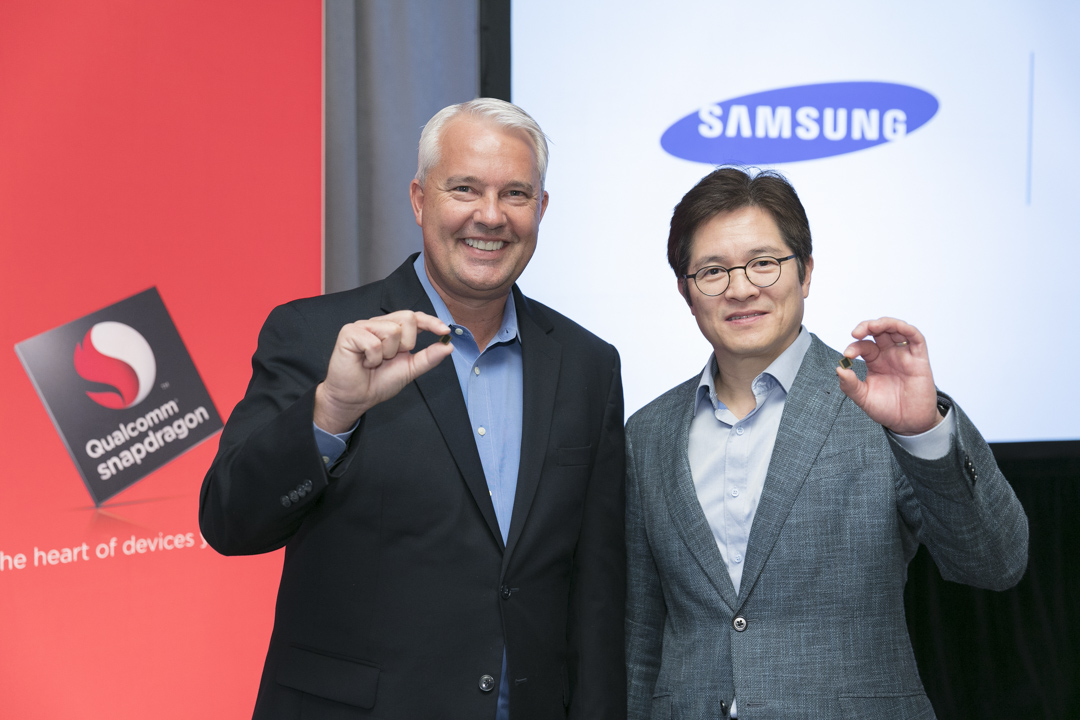
We had been hearing about the connection between Samsung and Qualcomm's next mobile chip, but now we have confirmation and clarity about what exactly is going on between the two behemoths. Samsung and Qualcomm have joined forces in bringing forth the Snapdragon 835 SoC, built on the 10nm FinFET process utilized by Samsung. What this means is, along with producing their very own next-gen Exynos chips, Samsung will also be manufacturing the next Qualcomm Snapdragon flagship chips in 2017.
Interestingly, Qualcomm has decided to name the next SoC as Snapdragon 835, instead of the expected Snapdragon 830 moniker. I am guessing this has been done to mark Qualcomm's shift from the 14nm process to the 10nm process. All of this was unveiled at a press event held in New York City, which was attended by both the parties. In the words of Keith Kressin (Senior VP of Product Management, Qualcomm),
"Using the new 10nm process node is expected to allow our premium tier Snapdragon 835 processor to deliver greater power efficiency and increase performance while also allowing us to add a number of new capabilities that can improve the user experience of tomorrow's mobile devices."
Saikat Kar (tech-enthusiast)
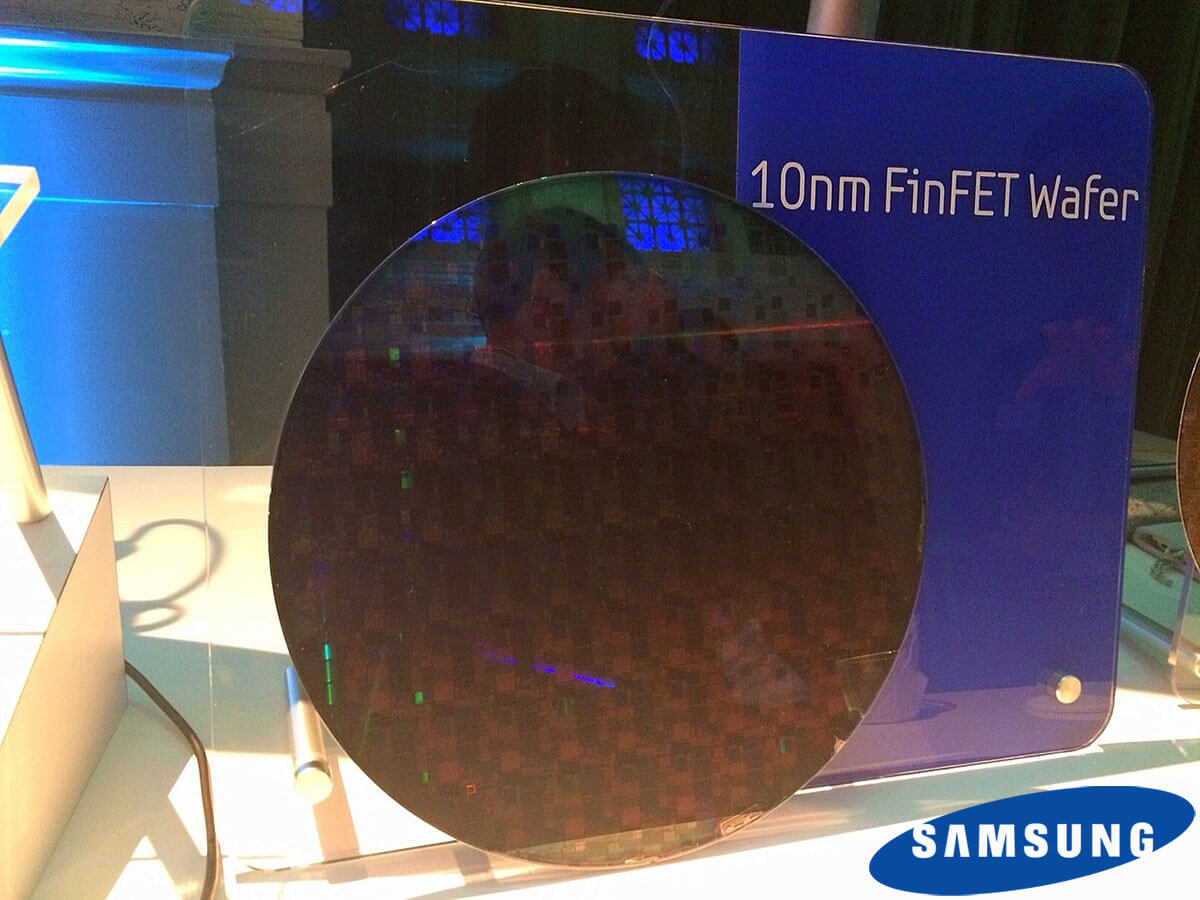
Samsung Electronics Korea is currently using 14nm FinFET production method to manufacture its latest Exynos chipset Soc (System-on-chip) like the Exynos 7420 which is powering its latest flagship Galaxy S6.
The Korean giant is preparing to add the latest manufacturing technology, 10nm FinFET process in the foundry roadmap, announcing it officially in the video below.
The 10nm process, as with every die shrink of this magnitude, will introduce a 20% increase in peak clock rates, and a whopping 40% decrease in power consumption, all in the same footprint, and that's what the race is all about, so next year's mobile silicon race is shaping up to be even more exciting than this show season.
© 2023 YouMobile Inc. All rights reserved





